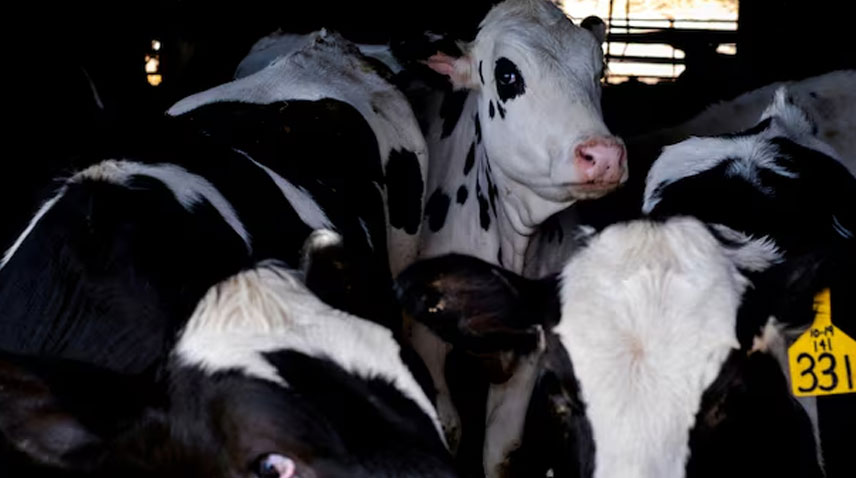
The U.S. Department of Agriculture reported the first-ever H5N1 virus infection in a dairy cow in Texas on March 25, following reports of decreased milk yields in multiple states.
The USDA has said it believes wild birds, which can carry the virus, introduced H5N1 to cattle. The outbreak then expanded as cows were shipped to other states, according to the paper released on Wednesday that was funded by USDA, Centers for Disease Control and Prevention and the National Institute of Allergy and Infectious Diseases.
"Data support a single introduction event from wild bird origin virus into cattle, likely followed by limited local circulation for approximately four months prior to confirmation by USDA," the paper said.
Earlier on Tuesday, a World Health Organization (WHO) official said there was a risk of H5N1 bird flu virus spreading to cows in other countries beyond the United States through migratory birds.
U.S. officials are seeking to verify the safety of milk and meat after confirming the H5N1 virus in 34 dairy cattle herds in nine states since late March, and in one person in Texas.
"With the virus carried around the world by migratory birds, certainly there is a risk for cows in other countries to be getting infected," said Wenqing Zhang, head of WHO’s Global Influenza Programme at a news briefing in Geneva.
She reiterated that the U.N. agency deems the overall public health risk posed by the virus to be low but urged vigilance.
Asked to evaluate U.S. transparency on the outbreak so far, Zhang said the global body had received regular updates and praised a decision to share the virus genetic sequence early.
"I do think the collaboration with U.S. CDC (Centers for Disease Control and Prevention) and the information we’ve received so far enables us to monitor the situation and to update the preparedness measures," she said.




